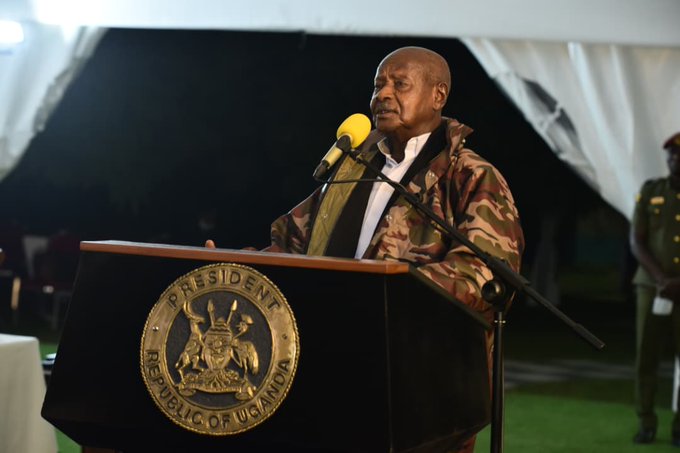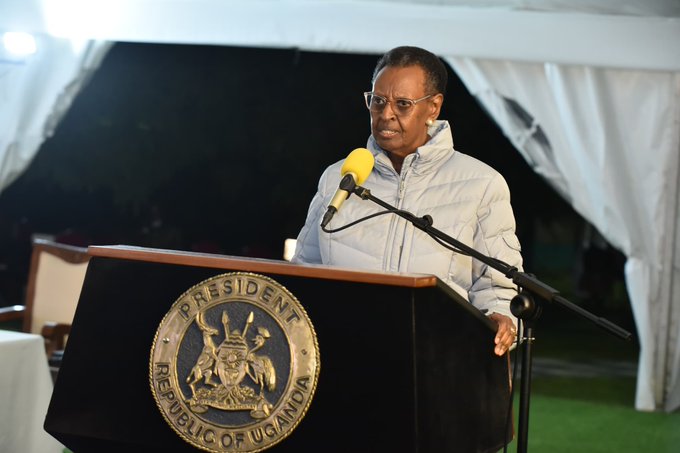Biathlon sport, where camera persons wear bullet proof vests
This development follows a series of incidents that raised alarms about the safety of those in close proximity to the shooting ranges.

The biathlon, a winter sport in Europe that combines cross-country skiing and rifle shooting, has always been a thrilling event to watch. However, the increasing safety concerns for those capturing the action, have led to a significant change: camera operators at biathlon events are now required to wear bulletproof vests.
This development follows a series of incidents that raised alarms about the safety of those in close proximity to the shooting ranges.
According to the International Biathlon Union (IBU), this new measure is a proactive step to ensure the protection of media personnel, who are often positioned near the athletes as they shoot at targets.
The decision was catalyzed by a few close calls during recent competitions where stray bullets posed a risk to camera operators.
Mr. Olle Dahlin, the president of the International Biathlon Union stated, “While there have been no serious injuries, the potential danger cannot be ignored. Our priority is the safety of everyone involved in our events, including media personnel who bring the sport to viewers worldwide.”
The introduction of bulletproof vests is part of a broader safety protocol that includes additional training for camera operators. They are now required to undergo safety briefings that cover the risks associated with filming biathlon events and the proper use of protective gear.
The International Biathlon Union (IBU) explained, “We want to ensure that our camera operators are not only equipped with the necessary protective gear but also fully understand how to position themselves safely.”
The media community has responded positively to this new measure. Mr. Alex Nsubuga, a veteran sports cameraman, shared his thoughts: “Wearing a bulletproof vest might seem extreme to some, but those of us who work these events understand the risks. This new protocol gives us peace of mind and allows us to focus on capturing the best shots without worrying about our safety.”
In addition to the bulletproof vests, event organizers have also revised the layout of shooting ranges to create safer zones for media personnel. Barriers and designated safe zones ensure that camera operators maintain a safe distance from the line of fire.
The IBU is also considering further technological innovations, such as remote-controlled cameras, to minimize the need for human presence near shooting areas.
The implementation of bulletproof vests for camera operators at biathlon events marks a significant step in enhancing safety measures. This move reflects a broader commitment by the IBU to prioritize the well-being of all individuals involved in the sport, ensuring that the thrilling action of the biathlon can be enjoyed without compromising safety.







